MISSION FURNITURE: How TO MAKE IT, Popular Mechanics Co. (0-486-23966-7)
BOOK OF WOODCARVING: TECHNIQUES, DESIGNS AND PROJECTS, Charles Marshall Sayers. (0-486-23654-4)
MAKING AUTHENTIC PENNSYLVANIA DUTCH FURNITURE: WITH MEASURED DRAWINGS OF MUSEUM CLASSICS, John G. Shea. (0-486-27227-3)
MAKING AUTHENTIC SHAKER FURNITURE: WITH MEASURED DRAWINGS OF MUSEUM CLASSICS, John G. Shea. (0-486-27003-3)
CARVING DUCK DECOYS, Harry V. Shourds and Anthony Hillman. (0-486-24083-5)
CARVING SHOREBIRDS, Harry V. Shourds and Anthony Hillman. (0-486-24287-0)
OLD FURNITURE: UNDERSTANDING THE CRAFTSMANS ART, (2nd, revised edition), Nancy A. Smith. (0-486-26339-8)
MAKING WOODEN Toys: 12 EASY-To-Do PROJECTS WITH FULL-SIZE TEMPLATES, James T. Stasio. (0-486-25112-8)
MAKING AUTHENTIC CRAFTSMAN FURNITURE: INSTRUCTIONS AND PLANS FOR 62 PROJECTS, Gustav Stickley. (0-486-25000-8)
EASY-TO-MAKE WOODEN SUNDIALS, Milton Stoneman. (0-486-24141-6)
FLORAL WOOD CARVING: FULL-SIZE PATTERNS AND COMPLETE INSTRUCTIONS FOR 21 PROJECTS, Mack Sutter. (0-486-24866-6)
THE BIG BOOK OF WHITTLING AND WOODCARVING, E. J. Tangerman. (0-486-26171-9)
BUILD YOUR OWN INEXPENSIVE DOLLHOUSE, E. J. Tangerman. (0-486-23493-2)
WHITTLING AND WOODCARVING, E. J. Tangerman. (0-486-20965-2)
CREATIVE BIRD CARVING, William I. Tawes. (0-486-41528-7)
A MANUAL OF VENEERING, Paul Villiard. (0-486-23217-4)
CARVING ANIMAL CARICATURES, Elma Waltner. (0-486-22813-4)
Paperbound unless otherwise indicated. Available at your book dealer, online at www.doverpublications.com, or by writing to Dept. 23, Dover Publications, Inc., 31 East 2nd Street, Mineola, NY 11501. For current price information or for free catalogs (please indicate field of interest), write to Dover Publications or log on to www.doverpublications.com and see every Dover book in print. Each year Dover publishes over 500 books on fine art, music, crafts and needlework, antiques, languages, literature, childrens books, chess, cookery, nature, anthropology, science, mathematics, and other areas.
Manufactured in the U.S.A.
Manual of Wood Carving.
T HE purpose of the present Work is to provide for the amateur carver such information and assistance as will enable him to produce various articles of furniture, tasteful in their character, and durable in their quality. Hence we have illustrated it with detailed designs which are easily carried out, and when completed, will be found worthy of a place in any modern household.
Descriptions of the plates will be found in the accompanying letterpress; and the taste of the carver will guide him in the selection of such designs as may best suit the piece of furniture he intends to produce. We have thought it better to give separate details, and leave the selection to the carver, than arbitrarily to force upon all our readers the same completed design. It is not desirable that a number of pieces of furniture should be made alike in every detail; and the probability is that by leaving the amateur to select for himself, the results will in each instance be far more pleasing, because they will be more varied in their character.
The choice of wood is an important matter, and influences much the progress of the amateur. Dry English oak, walnut, or limetree, are the best woods for carving purposes, but the former is the most durable. The two former are best adapted for domestic and church furniture. It should be chosen of a kind nature, straight grained, and if prettily grained will be all the better.
A beginner should practise on a soft woodred pineuntil he has mastered the handling of the tools and the difficulties of cutting with and across the grain.
The simplest form of wood carving is Diaper Carving, which consists in the groundwork, or parts usually cut away in carving, being punched in patterns, thus throwing up the design with such force that the effect is almost equal to carving itself. Most designs of simple character can be utilized for this method of carving.
Furniture made up entirely on this plan is rapidly executed and small pieces look remarkably well; and in larger carved work the Diaper is recommended instead of plain end-panels.
The beginner will frequently experience a difficulty in deciding the proportions most suitable for the piece of furniture he is desirous of making ; the best guide is an existing piece similar in character to that required. This can generally be found and measured and the new piece made to scale, either larger or smaller, as may be desired, or any variations can be introduced with a good idea as to how the finished article will appear; failing this, it is best to make a full-sized drawing, showing plan and front and end elevations before commencing the work. The proportion of one part to another is of the utmost importance, so that the whose may be well balanced, as also is the uniformity of period and style selected for the decoration.
Further, a full-sized drawing shows whether the proposed dimensions will be productive of a useful piece of furniture so far as its capacity is concerned, and will be most useful for the cabinet-maker to work to.
The first question which naturally suggests itself to a beginner is as to what outlay is necessary; and therefore at the outset we reply that a few shillings will purchase the tools which are requisite for carving many of the following designs. It will be found most advantageous to employ a cabinet-maker to prepare the wood for carving, and to put the piece of furniture together when carved; although anyone may learn to carve moderately well, it is not easy to put the carved pieces properly together.
Tools (Plate I.).
IN the choice of tools, have those of the best makers, with six or eight-sided handles, 4 inches long. It is requisite for good carving, and pleasure in working, to have the tools as sharp as possible. There are several sizes of each kind of tool, and it will be well to have two or three sizes of each, viz. :
Entering Chisel (spoon shape). For levelling the groundwork in confined spaces, and where a flat chisel cannot be used. (No. 3.)
Entering Gouge (spoon shape). For hollowing out the undulations in foliage, &c. (No. 4.)
Partying Tool (straight). For the veining of leaves, or cutting the outline of a design. (No. 5.)
Bent Parting Tool. For the above purposes, where a straight tool cannot be used; as in the hollow of a leaf. (No. 5.)
Macaroni Tool. For removing wood on each side of a stalk or vein of a leaf.  Skew or Corner Chisel. For removing wood out of the corners of a design, where an ordinary chisel is useless. (No. 6.)
Skew or Corner Chisel. For removing wood out of the corners of a design, where an ordinary chisel is useless. (No. 6.)
Carving Chisel. For cutting round the design on commencing to carve, also for removing superfluous wood and grounding. (No. 7.)  , and 1.
, and 1.
Carving Gouges. For cutting curves and removing superfluous wood. (Nos. 8 and 10.)
Double Bent Fluting Gouge. For removing wood from the hollows of leaves, &c., where a straight gouge cannot be used. (No. 9.)


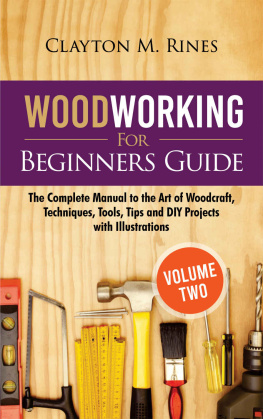
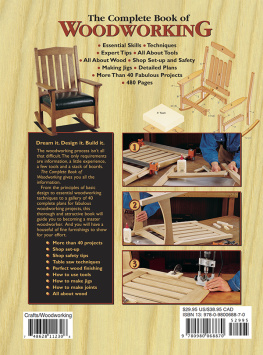

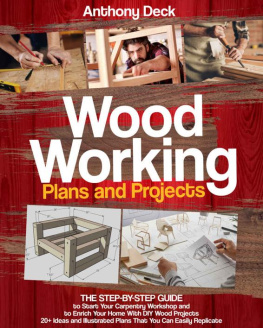




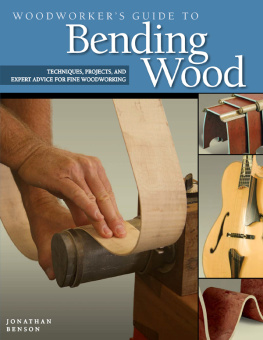
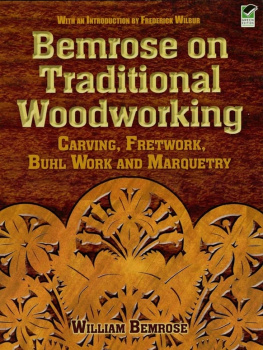
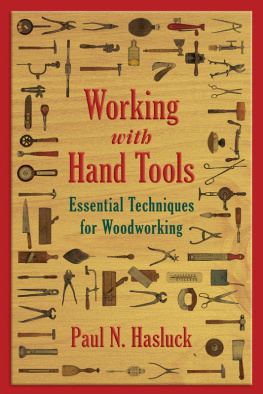
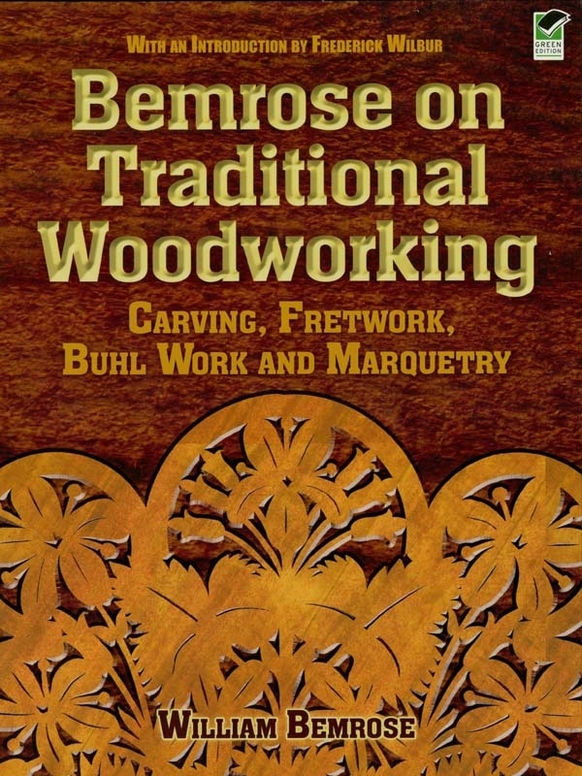

 Skew or Corner Chisel. For removing wood out of the corners of a design, where an ordinary chisel is useless. (No. 6.)
Skew or Corner Chisel. For removing wood out of the corners of a design, where an ordinary chisel is useless. (No. 6.)
 , and 1.
, and 1.